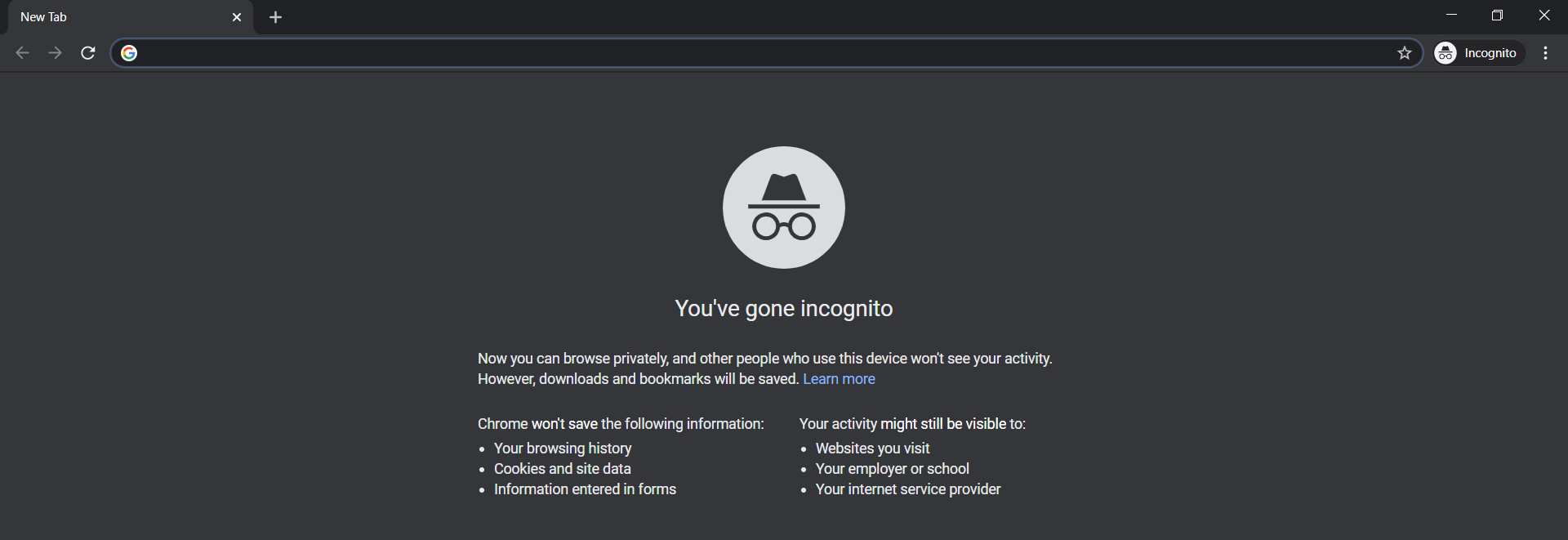
Unfortunately, this is only partially true.īy default, a browser keeps a record of what sites you visit, what you did while on a particular website (via cookies). This leads people to believe they can privately browse the Internet in Incognito Mode. The meaning of the word incognito is pretty clear, it means to conceal your true identity.

The first browser to come out with private browsing was Apple’s Safari 2.0 in 2005. Well, three years later, Google Chrome 1.0 came out with Incognito mode. Then, it was a series of browsers adding this feature one after another. Like i n 2009, Microsoft Internet Explorer 8 and Mozilla Firefox 3.5 came out with their versions of private browsing.Īlthough, the method to create an Incognito mode shortcut differs slightly for each browser, the method is comparatively straightforward. What Does Private Mode MeanĪ private mode allows users to browse the web without saving any information about their activity. In other words, the browser doesn’t save your history, cache, cookies, or other data, so you won’t see personalized ads on search engines. This mode is often used when logging into sensitive websites or when working on a public computer. In addition, it is sometimes used to bypass website filters.

How to Create a Shortcut for Private Browser Window The private mode looks the same as the regular/general mode, but your activity doesn’t get saved. Nearly all browsers offer Incognito/Private mode today. It is just that the feature is named differently on every browser. Google Chrome calls this mode Incognito, Firefox and Opera call it Private Browsing, whereas Microsoft Edge calls it InPrivate, and Brave calls it Private Window.

While they have different names, they are all functionally the same. The first step toward setting up an incognito mode shortcut on Windows is to create your default browser shortcut on the desktop.


 0 kommentar(er)
0 kommentar(er)
